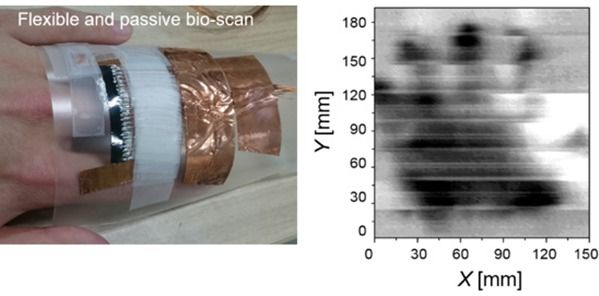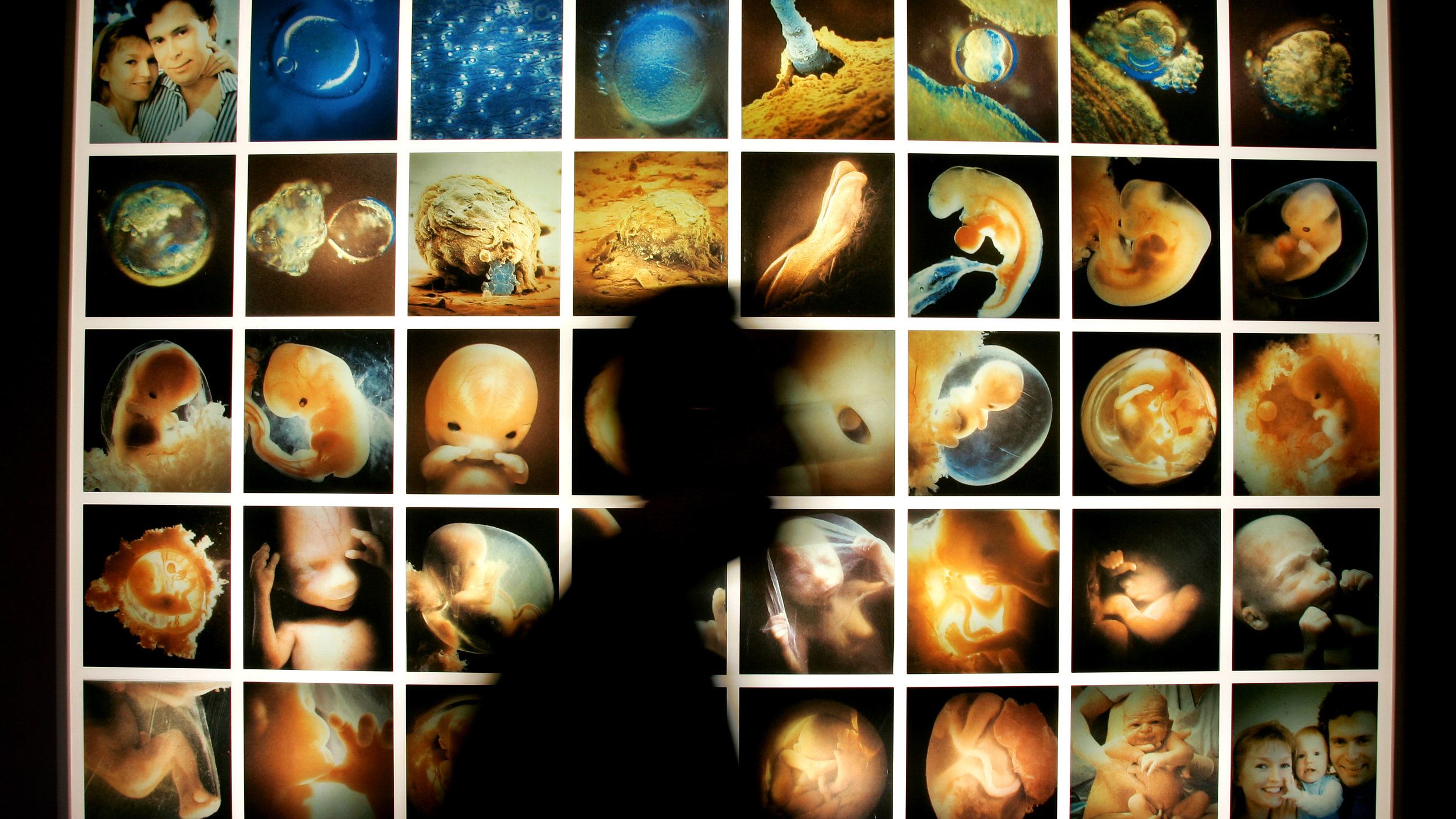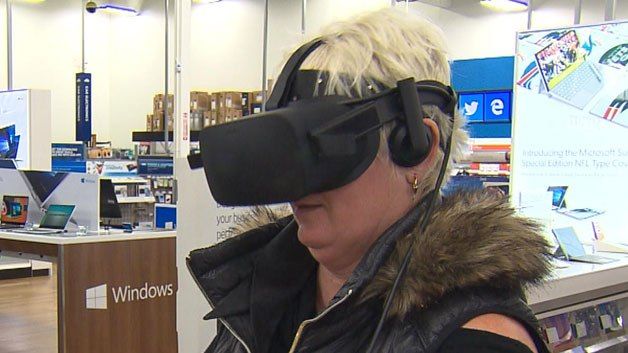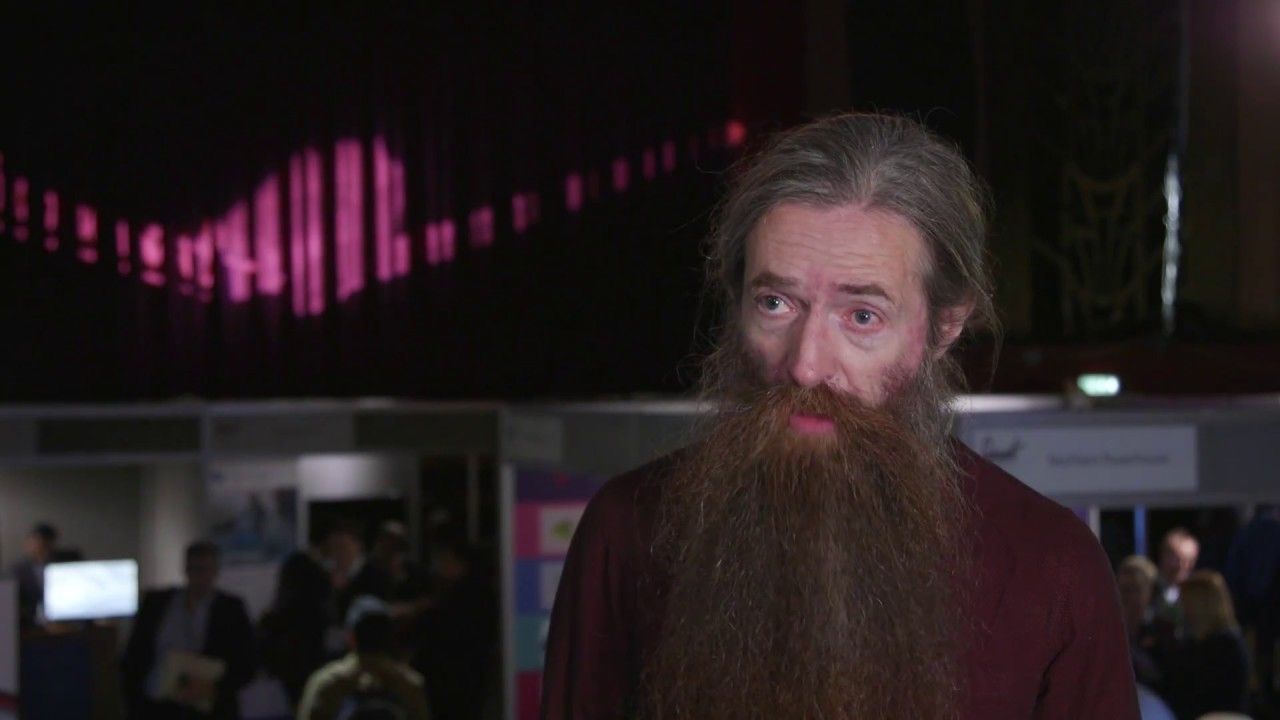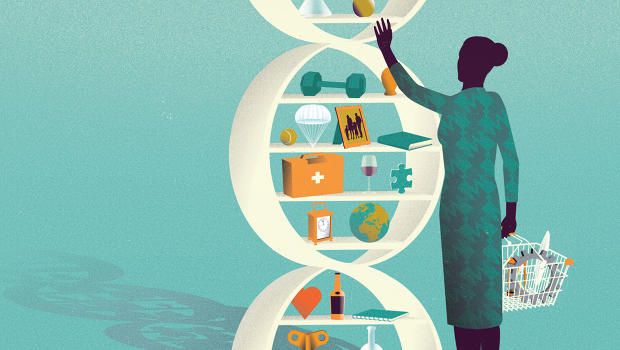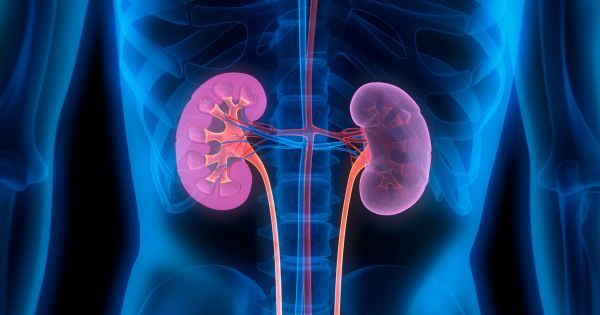Nov 22, 2016
Turning back the aging clock
Posted by Steve Hill in categories: bioengineering, biotech/medical, genetics, life extension
SENS makes official comment on the excellent news about Mitochondrial repair from UCLA and Caltech.
So the big news is progress has been made on Mitochondrial repair. Our resident expert at the SENS Research Foundation, Dr. Matthew O’Connor of the MitoSENS project had this to say about the exciting news:
“New work from UCLA and Caltech has shown that a genetic pathway can be harnessed to selectively remove mutant mitochondria from the muscles of fruit flies. This work from Kandul et al is exciting because it raises the possibility of someday finding a way to control this genetic pathway in such a way to selectively delete mutant mitochondria. Further they did it in live flies in a tissue (muscle) where we are especially concerned about the impact of mitochondrial DNA mutations. Our ability to selectively control genetic pathways in non-genetically engineered animals (such as humans) is, however, extremely limited so it may be a long time before any clinical benefits can be realized from this research.” — Dr. Matthew O’Connor SRF

